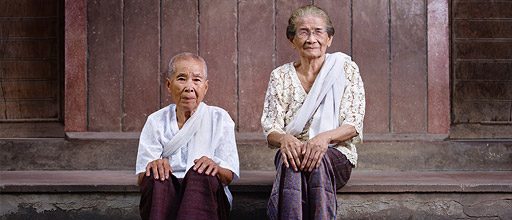
The true cost of cancer in South East Asia
In 2002, 3.5 million people died of cancer in Asia. This is expected to increase to 8.1 million by 2020. As the death rate and prevalence of cancer hits hard in Asia, specific concerns have been raised about the economic toll of the disease on patients and their families. Ongoing treatments are expensive and can impose a considerable financial burden.
This is felt most strongly in socioeconomically disadvantaged groups particularly in low and middle-income countries where social safety nets, such as health insurance and access to health care, are less likely to be present.
In such settings, poverty is a real consequence of the costs associated with cancer treatment and its impact on people’s ability to work.
The ACTION study will examine the economic impact of cancer on households across the Association of South East Asian Nations (ASEAN) and assess the incidence of financial catastrophe and economic hardship associated with the illness. In addition it will examine the impact of cancer on quality of life of these patients, and the variations in the way in which patients within and across these countries are managed.
Researchers from The George Institute for Global Health are working with hospitals and decision makers across eight of the ASEAN (Cambodia, Indonesia, Laos, Malaysia, Myanmar, Thailand, the Philippines and Vietnam) to assess the impact of different cancers on quality of life, economic hardship and household income.
The ACTION study, funded by Roche’s Asia Pacific, is a longitudinal study of 10,000 patients with a first time diagnosis of cancer in hospital. Patients will be followed throughout the first year after their cancer diagnosis, with results available in 2014. These results will inform the design of health systems programs, health insurance schemes and in identifying measures to ensure access to appropriate care for people living with cancer.

